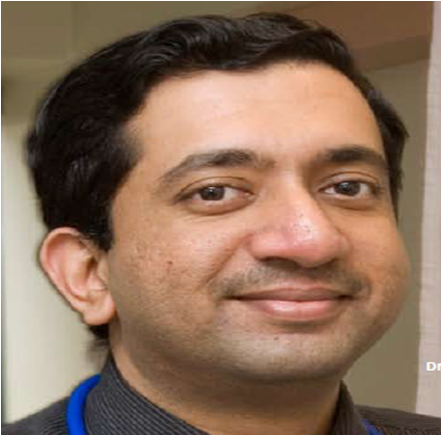By Victoria Sherman and Mahendra Moharir.
It was during my clinical work as a Speech-Language Pathologist (SLP) at an adult acute care hospital in Toronto where I initially realized the true prevalence of dysphagia following adult stroke and its impact on patient health. Approximately one in every two patients admitted with acute stroke had dysphagia, a complex sensorimotor impairment, which includes any difficulty with the act of swallowing. These patients then often experience negative consequences including pneumonia, increased length of hospital stay and mortality. I typically received a referral for an SLP assessment within 24 hours of admission because I was working at an institution with a well-developed early dysphagia screening protocol using a validated screening tool (TOR-BSST©). My assessments took place both at the bedside, and by a videofluoroscopic swallow study to assess the nature and severity of dysphagia and determine the most appropriate intervention plan. This initial step of screening by a trained health professional was essential in my patients’ care and outcomes. Research has shown that dysphagia screening in adult stroke has a significant protective health benefit, and thus is recommended in National Stroke Guidelines for all adults admitted with an acute stroke to be screened for dysphagia risk within 24 hours.
At the Canadian Stroke Congress in 2016, I became aware of pediatric stroke and couldn’t help but wonder if children were also experiencing dysphagia in the same way, and if there were protocols and guidelines to direct dysphagia practice as in adults. I then partnered with the Pediatric Stroke Program at The Hospital for Sick Children which led me on a multi-study PhD program in the University of Toronto (co-supervised by Dr. Moharir) to investigate SLP-related impairments in pediatric stroke.
In one of my doctoral studies, we expanded beyond dysphagia to include oral motor dysfunction, focusing on motor speech and language impairment, given the paucity of information on SLP-related outcomes following pediatric ischemic stroke. We were surprised by the observations of this study. At our single tertiary care center over a five-year period, we found that these SLP-related impairments appeared to be at least as frequent as in adults following stroke. Dysphagia was found in approximately 40% of both neonatal and childhood ischemic strokes. Oral motor, motor speech, and language impairment were also found in 41%, 37% and 31% of children respectively. Dysphagia and motor speech were common overlapping impairments. Stroke type (arterial ischemic stroke versus cerebral sinovenous thrombosis) and stroke severity were found to be associated with higher frequencies of all impairments. Approximately 60% of caregivers experienced burden, which was broadly defined to capture a change in physical, emotional, or cognitive well-being or an adverse impact on daily activities or family relationships. The above results confirm that dysphagia and SLP-related impairments, are indeed a burden following stroke in children. Without surveillance, children with dysphagia after stroke are being missed, highlighting the need to develop and implement standardized age-specific protocols to identify impairments early. This initial exploratory work has set the foundation for further research in this untapped area of pediatric stroke outcomes and also raised a number of questions: What is the trajectory of SLP impairments in the developing child beyond the acute phase, and their long-term effects? What are the neuroimaging predictors for SLP-related impairments following pediatric stroke? Studies addressing these topics will help to establish earlier identification, assessment, and intervention of SLP-related impairments such as dysphagia for this young stroke population with the hope to improve patient care and outcomes.
Related Publications:
- Sherman V, Martino R, Bhathal I, DeVeber G, Dlamini N, MacGregor D, Pulcine E, Beal DS, Thorpe KE, Moharir, M. (2021). Swallowing, oral motor, motor speech and language impairments following acute pediatric ischemic stroke. PMID: 33641384
- Jordan LC, Beslow LA. Hard to Swallow: Dysphagia and Feeding After Ischemic Stroke in Children and Neonates. Stroke. 2021. PMID: 33641381

Victoria Sherman, PhD, SLP (C) Reg CASLPO
University of Toronto and Hospital for Sick Children

Mahendra Moharir, MD, MSc, FRACP
Hospital for Sick Children
